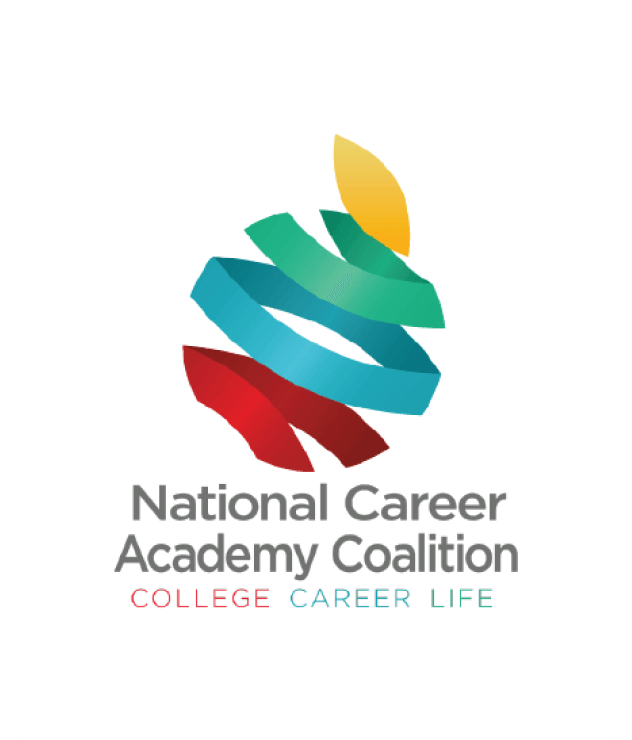Transforming Schools into Thriving Academies

Education needs transformative change…and our Communities need reciprocal partners. In the U.S. alone, 7000+ high schools serving over a million students have taken up the national challenge to provide all students with the advanced skills needed to prepare for college, career and life. This initiative is best known as the “Academy Model”. NCAC helps schools, districts and communities successfully transition to this student-centered learning solution.

Customized professional learning experience at one of our Model Academy sites.
The Career Academy Master Teacher Certification provides an opportunity for teachers with three or more years of experience teaching in an academy to validate their work through a reflective portfolio-based professional development opportunity.
Common Planning Time for Academy Teams is essential for program coordination, curricular integration, business involvement, and resolution of student challenges. This guide will help structure your time for optimum effectiveness.
Professional LearningProfessional Learning NCAC provides meaningful professional learning to impact sustainable systemic change aligned to the career academy model.
Fill out a form to schedule a quick 15 minute discovery call.
See what the transition will look like for you, one step at a time.
Enjoy what once felt impossible for your school – a culture of achievement.

Understanding and overcoming the obstacles schools often face without first-hand experience is impossible. Our team has decades of experience in various academic roles, providing a holistic perspective and approach. We take pride in the results we’ve created for our clients, but nothing means more than the positive impact made on the lives of their students.




Get a jump start in evaluating your current standing and potential areas for improvement.